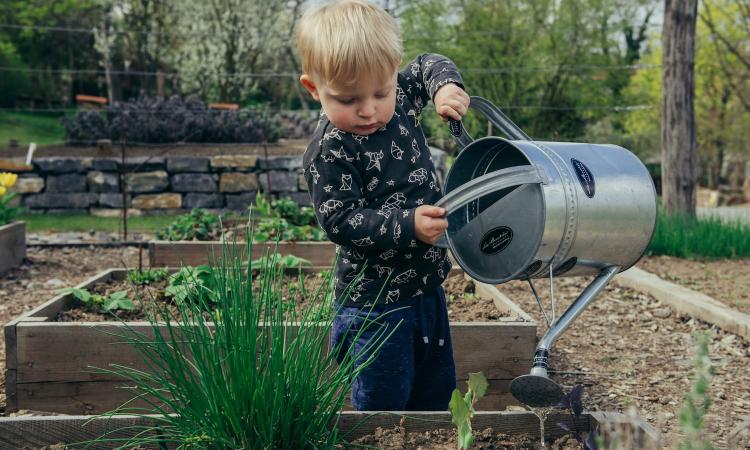We all know our children are facing an obesity crisis; the statistics are dizzying. The methods that make the most sense on the surface - diets, summer camp interventions, mandatory gym classes - none of them appear to be working. The number of children struggling with obesity is at an all-time high, nearing 20% of the population under 18. Doctors are overwhelmed and politicians who care to address this touchy subject are relegated to fighting paltry battles like how many ounces your cup should be when you pick up your McDonald’s order. Parents are doing the best they can and when even poverty paradoxically causes obesity these days, putting a healthy meal on the table is fraught with complexity. What’s a society to do?
Key Takeaways
- Healthier Eating: School gardens increase fruit and vegetable intake among kids.
- Willingness to Try New Foods: Kids are more open to trying new vegetables grown in gardens.
- Improved Academic Performance: Garden programs can boost test scores in math and science.
- Low-Cost Solution: School gardens are affordable and easily implemented in public schools.

You could be forgiven for writing off school garden programs as an important tool. No one, not even schools, seems to take them seriously. Only 7,000 of over 130,000 public schools in the U.S. have a school garden, less than 5%. Garden programs are viewed primarily as a trivial enrichment, not part of the core of any credible public curriculum. However, research is accumulating that suggests school gardens have more power than we afford them. Children who participate in a school garden program eat more fruits and vegetables than those who don’t. They consume more vitamin A and C and increase their fiber intake. Research shows that kids are more willing to try a new vegetable when plucked from the school garden. There is even evidence that time spent in a school garden program can increase a child’s test scores in math and science.

Children are increasingly distanced from the source of their meals. Ask any suburban fourth-grader where food comes from and they are likely to enthusiastically shout, “ShopRite!” For a generation that is accustomed to the instant gratification that our new technology-dependent culture provides, food that magically appears with no effort seems logical. But in separating children from the process of planting, patiently nurturing and harvesting food onto their forks, we have denied them an understanding of what real food tastes like and where it comes from, not to mention the pleasure of enjoying something you actually had to work for.

Sure, anyone can plant a vegetable garden in their backyard, but schools are uniquely positioned to offer the benefits of the garden to every child enrolled in a public school, regardless of income or parental engagement. Including funding for federal or state supported school gardens at every school would communicate that, as a society, we value the health of our children at least as much as we value their standardized test scores. The only barriers to implementing a garden program are funding and continuing education to bring educators up to speed. Neither of these factors require significant dollars; the cost is a negligible line-item on any school budget, and a plethora of how-to materials are free and easy to access.
If we care for our children, their health and their very lives, we owe it to them to at least test a strategy that has been given little attention and requires a nominal investment, but boasts a growing body of supportive research. Teachers already play a critical role in the healthy development of the minds of our youngest citizens. Parents, legislators and the larger community should recognize the role they can play in addressing the wellness of the whole child.

